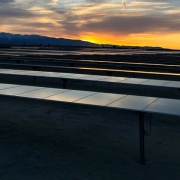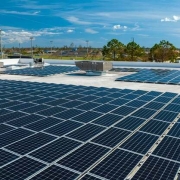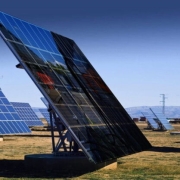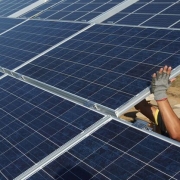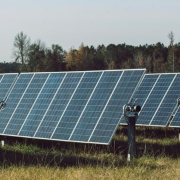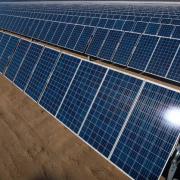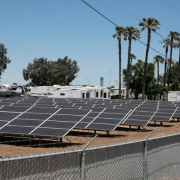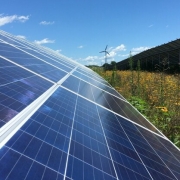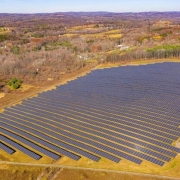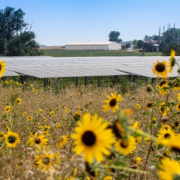Catalyze, a clean energy transition company that finances, builds, owns, and operates solar, battery storage, and electric vehicle charging systems for commercial and industrial customers, today held a ribbon cutting to commemorate the launch of the Sheep Creek Community Solar Farm in Adelanto, California. This project marks the first under California’s Enhanced Community Renewables (ECR) program to be contracted by one of the state’s three investor-owned utilities, Southern California Edison (SCE).
As one of the first community solar farms in Southern California, Sheep Creek Community Solar Farm is designed to generate clean energy for both residential and commercial accounts. There are currently 241 subscribers. The 3.8 MWdc project, developed and managed by Catalyze and Ampion, a leading community solar subscription and revenue management company, will expand access to solar energy for customers who do not own their property, are not able to pay the upfront cost of solar installation, or have a roof that is in poor condition or shaded. The project will support SCE’s efforts to comply with California’s Green Tariff Shared Renewables program, requiring the state’s investor-owned utilities to offer 100% solar energy options to their customers.
Click here to read the full article
Source: Business Wire
—
If you have any questions or thoughts about the topic, feel free to contact us here or leave a comment below.

